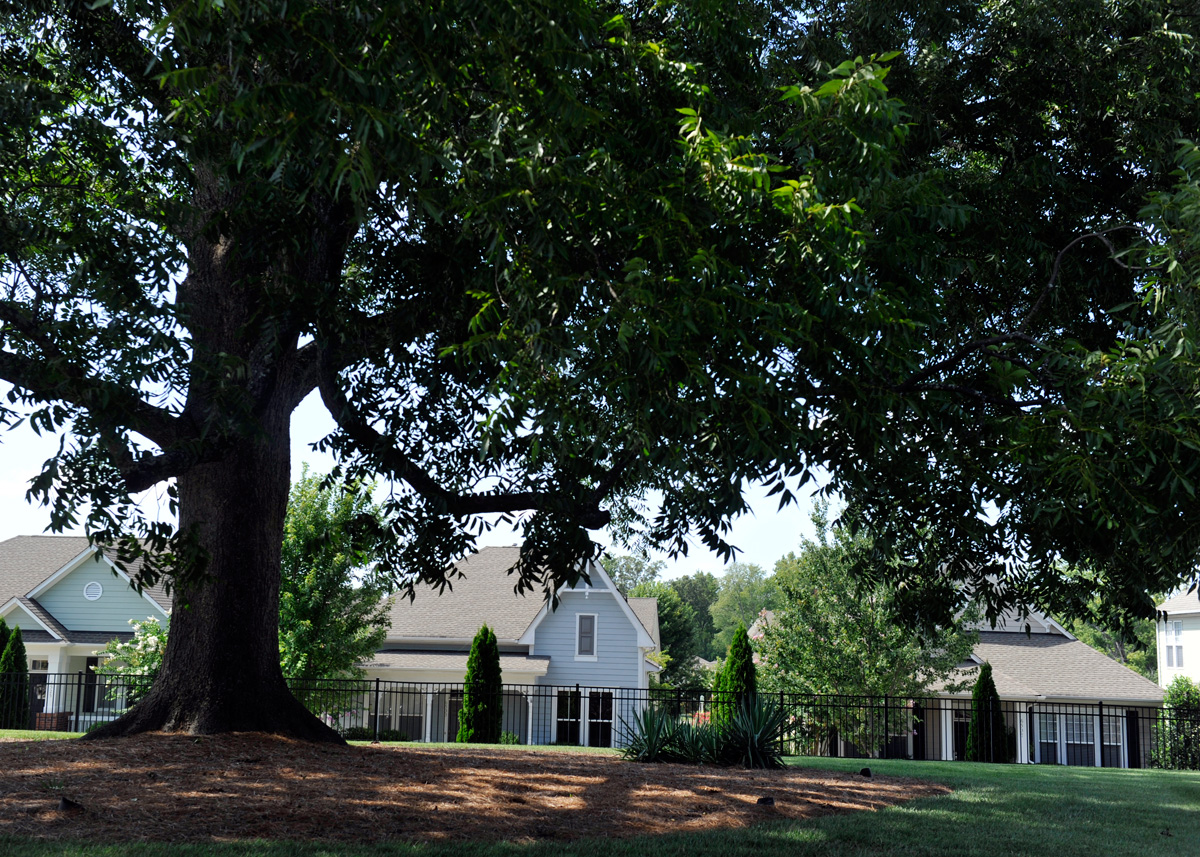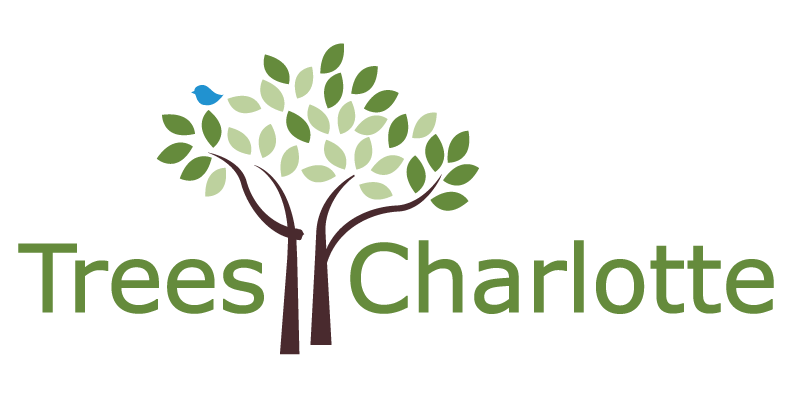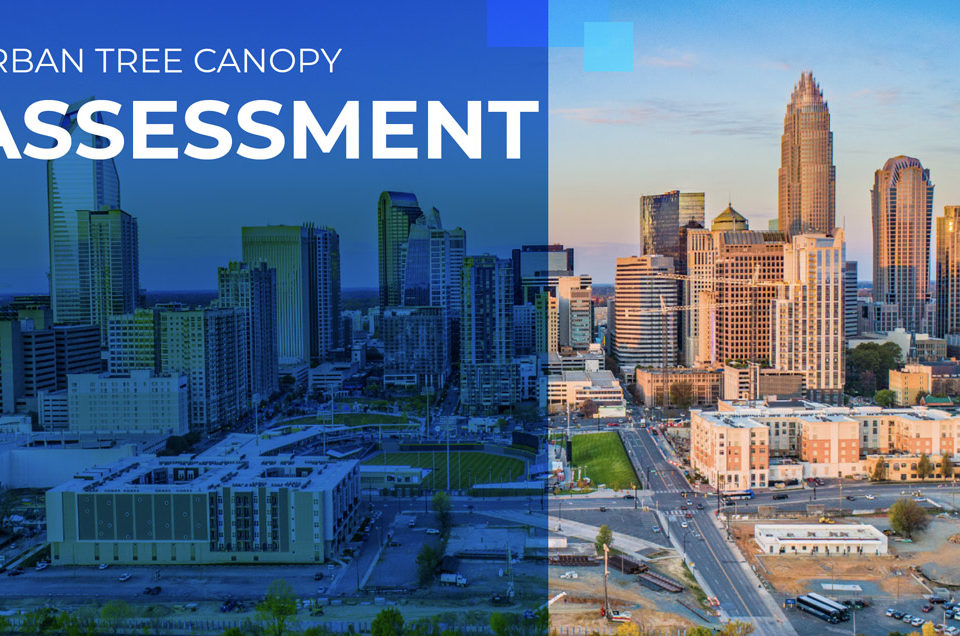Leafy Charlotte aims for more tree cover

TreesCharlotte Takes Root to Save Our Canopy
6.12.13Making Sure the Queen City Stays Tree-mendous!
6.21.13
Group says trees add value for beyond aesthetic appeal
Tuesday, February 5, 2013
Bruce Henderson, Charlotte Observer
Charlotte is among the nation’s top 10 cities for urban forests, says the conservation group American Forests.
The results are from a U.S. Forest Service-funded survey, data analysis and expert votes. The list, which did not give specific rankings, also included Austin, Texas; Denver, Colo.; Milwaukee, Wis.; Minneapolis, Minn.; New York; Portland, Oregon, Sacramento, Ca.; Seattle, Wash.; and Washington D.C.
American Forests says trees improve more than aesthetic values, which it estimates make Charlotte property worth an extra $2.7 million. Their shade also saves energy ($914,000 a year for Charlotte) and they intercept stormwater ($2.1 million a year).
Tom Johnson, a city of Charlotte urban forester, called the recognition “a tip of the hat from people on the cutting edge of the science.”
The Washington-based American Forests credits city government, citizen volunteers and nonprofit groups with launching initiatives to improve Charlotte’s urban forests on public and private land.
One of the first tasks was to figure out that leafy Charlotte has some work to do to stay that way.
High-altitude photography stitched together with American Forests’ help showed that Mecklenburg County went from 53 percent tree cover in 2002 to 50 percent in 2008. Charlotte dropped from 48 percent to 46 percent during that timeframe.
Land clearing for development and removals of old, dying trees accounted for the loss, Johnson said.
Charlotte City Council later set a goal of 50 percent tree cover by 2050.
That goal might seem modest, except that a 1 percent increase equals 100,000 mature trees. The city budgeted money to plant street trees on public rights of way more aggressively. It also adopted new standards for commercial development, requiring a 15 percent tree canopy.
But city officials soon realized they couldn’t plant their way to a healthier tree canopy without including private land.
TreesCharlotte was formed last year as a public-private partnership to help fill that void, with a goal of volunteers planting 15,000 trees a year.
TreesCharlotte was launched with support from the John S. and James L. Knight Foundation; Foundation for the Carolinas, with which it is affiliated; and the Blumenthal Foundation. Carolinas HealthCare System, Crescent Resources, Duke Energy Foundation, the Harris Foundation and Howard and Julie Levine have provided help more recently.
Volunteers will plant about 4,000 trees during the current November-to-March planting season, said director Dave Cable. This is in addition to 10,000 street trees the city will plant.
Charlotte’s trees, Cable said, are “a core strength of the city that’s recognized by people who come here and people who live here.”

